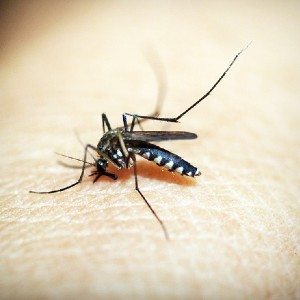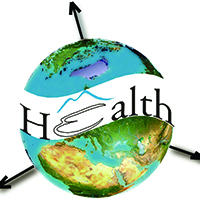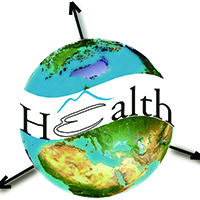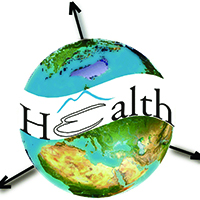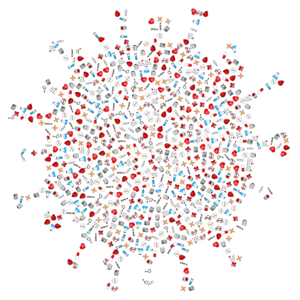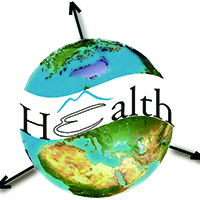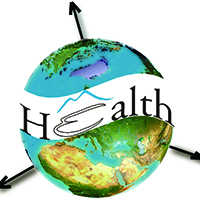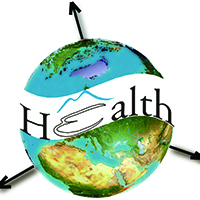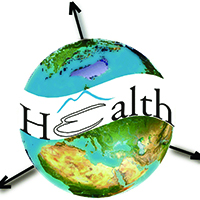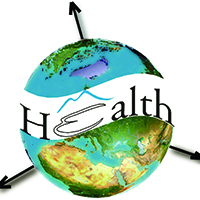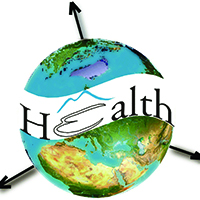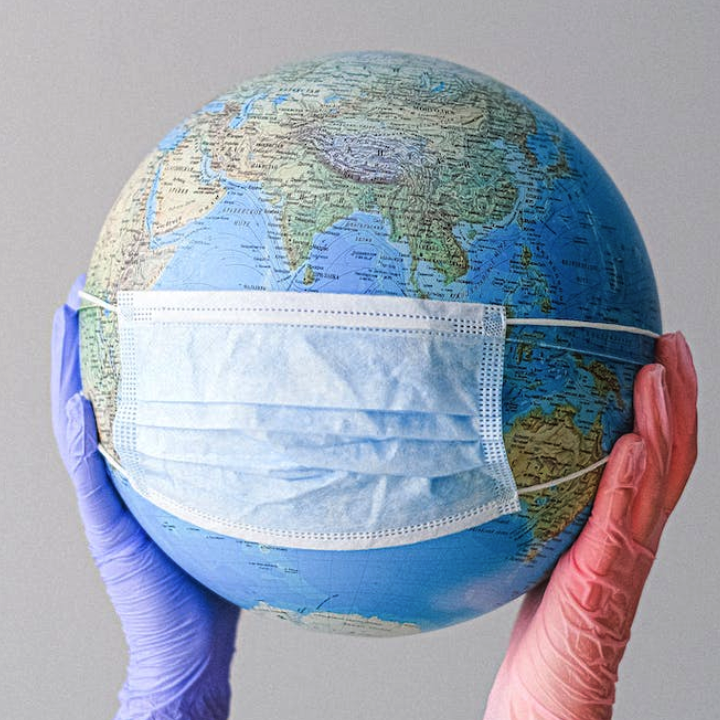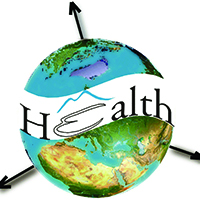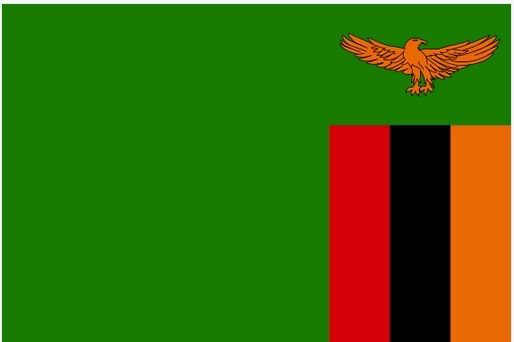FOR AUTHORS
Search
Search Results
##search.searchResults.foundPlural##
-
Prediction of dengue cases using the attention-based long short-term memory (LSTM) approach
1815PDF: 892Supplementary Materials: 128HTML: 40 -
Climate impact on malaria in northern Burkina Faso
2491PDF: 819HTML: 726 -
Assessing the effects of air temperature and rainfall on malaria incidence: an epidemiological study across Rwanda and Uganda
5984PDF: 2146Appendix: 562HTML: 3246Appendix: 211 -
Ecological characterization of a cutaneous leishmaniasis outbreak through remotely sensed land cover changes
1514PDF: 743Appendix: 116HTML: 30 -
Impacts of sample ratio and size on the performance of random forest model to predict the potential distribution of snail habitats
1770PDF: 721Supplementary Materials: 94HTML: 37 -
Global Mpox spread due to increased air travel
1985PDF: 585HTML: 239 -
To what extent does climate explain variations in reported malaria cases in early 20th century Uganda?
3883PDF: 1148Appendix: 490HTML: 1211 -
Geospatial Health: achievements, innovations, priorities
1542PDF: 505HTML: 95 -
There is more to satellite imagery than meets the eye
2311PDF: 489HTML: 19 -
Geospatial tools and data for health service delivery: opportunities and challenges across the disaster management cycle
5937PDF: 567Supplementary Materials: 178HTML: 90
1 - 52 of 52 items




